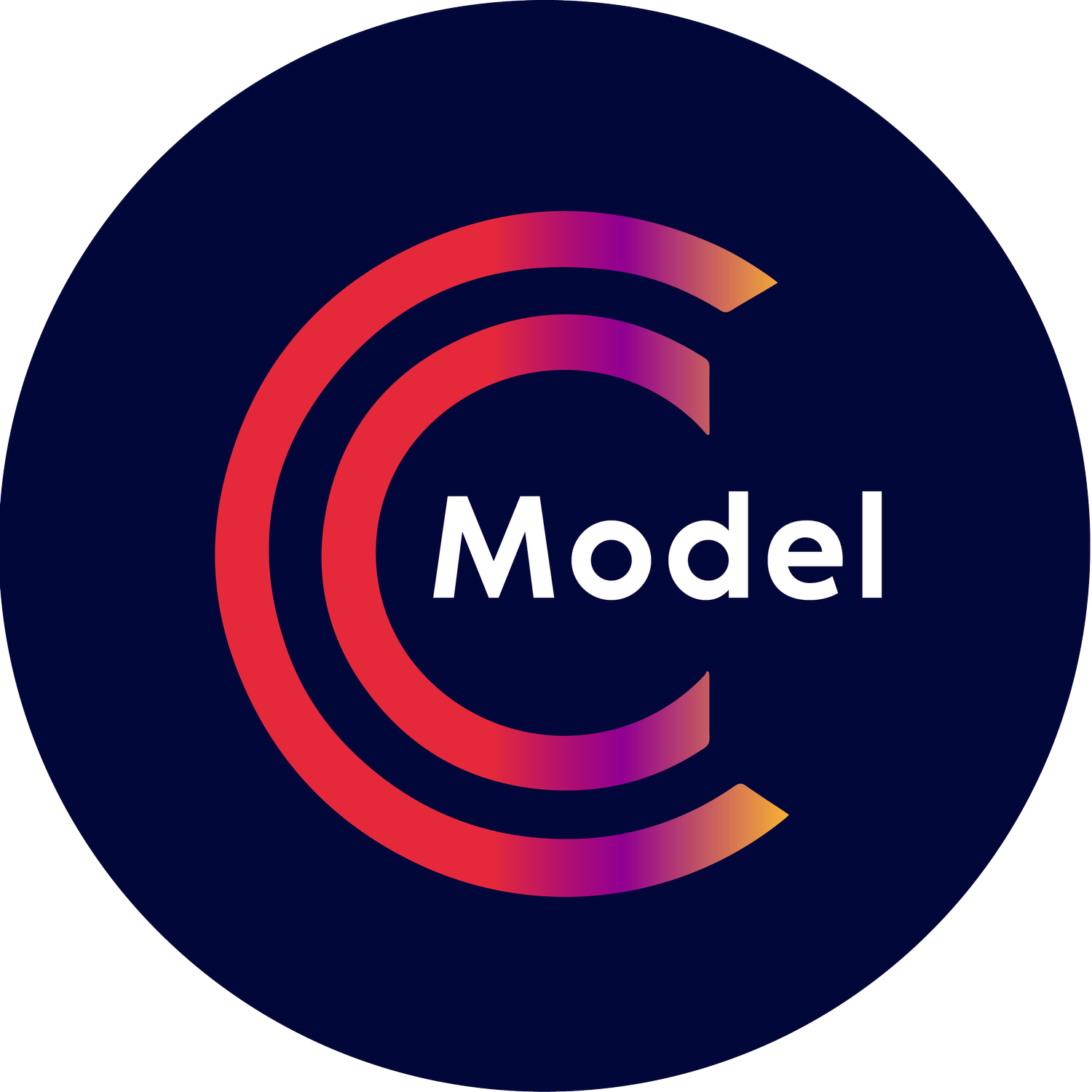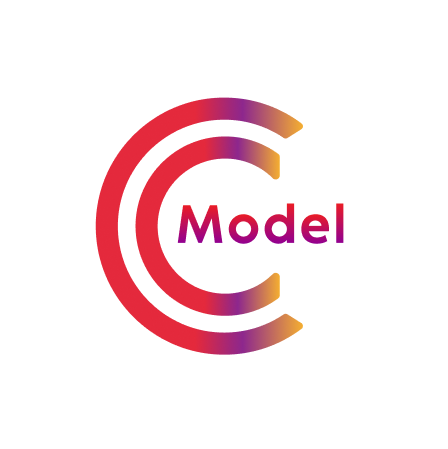Striking the Balance: Raising Capital and Defining Your Growth Strategy in SaaS
In the ever-evolving landscape of the software-as-a-service (SaaS) industry, one of the most critical decisions a founder faces is determining the right amount of capital to raise and aligning it with their growth strategy. As an executive who transitioned into the role of a founder in the SaaS world, I've spent countless hours contemplating this very question. In this blog post, I aim to shed light on the pivotal aspects of raising capital and choosing between exponential growth and sustainable growth for your SaaS company.
The Capital Conundrum
Raising capital is often a double-edged sword for SaaS founders. On one hand, it provides the much-needed fuel to scale, hire top talent, and expand your customer base. On the other, it can bring forth high expectations from investors, leading to a relentless pursuit of growth at all costs, potentially at the expense of your company's long-term viability.
So, the first question we must address is: How much capital should you raise? The answer lies in your growth strategy and your understanding of the two primary growth archetypes in the SaaS realm.
Exponential Growth vs. Sustainable Growth
Exponential Growth
Exponential growth is a term that often sends shivers down the spine of SaaS founders. It conjures up visions of rocketship growth charts and billion-dollar valuations. While it's an enticing proposition, it comes with its set of challenges and risks.
When you opt for exponential growth, you're essentially signaling to investors that you're willing to sacrifice short-term profitability for the sake of rapid expansion. You'll need substantial capital to achieve this, as it entails aggressive customer acquisition, heavy marketing spend, and aggressive scaling. Metrics like monthly recurring revenue (MRR) and customer acquisition cost (CAC) take center stage.
Pros of Exponential Growth:
Rapid market capture
Attracting top-tier talent
Competitive advantage through scale
High valuation potential
Cons of Exponential Growth:
Burnout risk
Customer churn
Pressure from investors
Limited focus on profitability
Sustainable Growth
Sustainable growth, on the other hand, takes a more measured approach. It emphasizes steady, controlled expansion and places a premium on achieving profitability sooner rather than later. This strategy might be seen as less glamorous, but it often leads to long-term success and resilience.
With sustainable growth, your capital requirements are lower, as you're not burning through cash to achieve rapid market penetration. Instead, you're focused on customer retention, optimizing operations, and building a profitable, sustainable business model.
Pros of Sustainable Growth:
Financial stability
Focus on product refinement
Reduced investor pressure
Long-term viability
Cons of Sustainable Growth:
Slower market capture
Limited resources for aggressive marketing
Potentially lower valuations
Finding Your Balance
So, the million-dollar question (pun intended) is, which path should you choose? The answer is, predictably, that it depends.
Know Thyself: Understanding your own risk tolerance, vision for the company, and commitment to short-term vs. long-term gains is paramount. It's crucial to align your growth strategy with your personal values and objectives as a founder.
Market Dynamics: The choice between exponential and sustainable growth may also depend on the nature of your market. Highly competitive, fast-moving industries may necessitate exponential growth to gain a foothold, while niche or mature markets may favor sustainable growth.
Timing: Timing is everything. Consider the state of your product, market conditions, and your ability to execute on your chosen strategy. Sometimes, it's wiser to start with sustainable growth and transition to exponential growth when the timing is right.
Investor Alignment: Your choice of growth strategy should also align with the preferences of your investors. Make sure your backers share your vision and are comfortable with the chosen path.
In the realm of SaaS, the question of how much to raise and which growth strategy to pursue is a complex puzzle, one that I've spent many sleepless nights contemplating. There is no one-size-fits-all answer, and each SaaS company's journey is unique.
Ultimately, it's a matter of balance and aligning your financial goals with your vision for the future. Whether you choose the exhilarating path of exponential growth or the steady, measured ascent of sustainable growth, what matters most is that you stay true to your mission and build a business that thrives over the long haul.
Remember, there's no right or wrong answer—only the path that's right for you and your SaaS venture.

